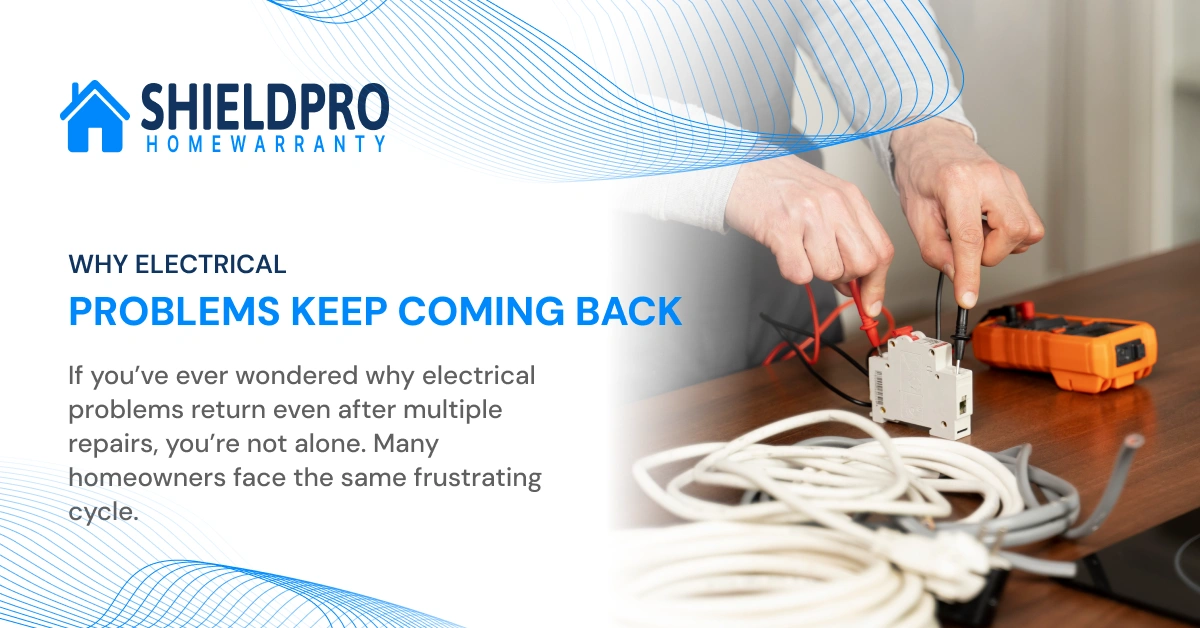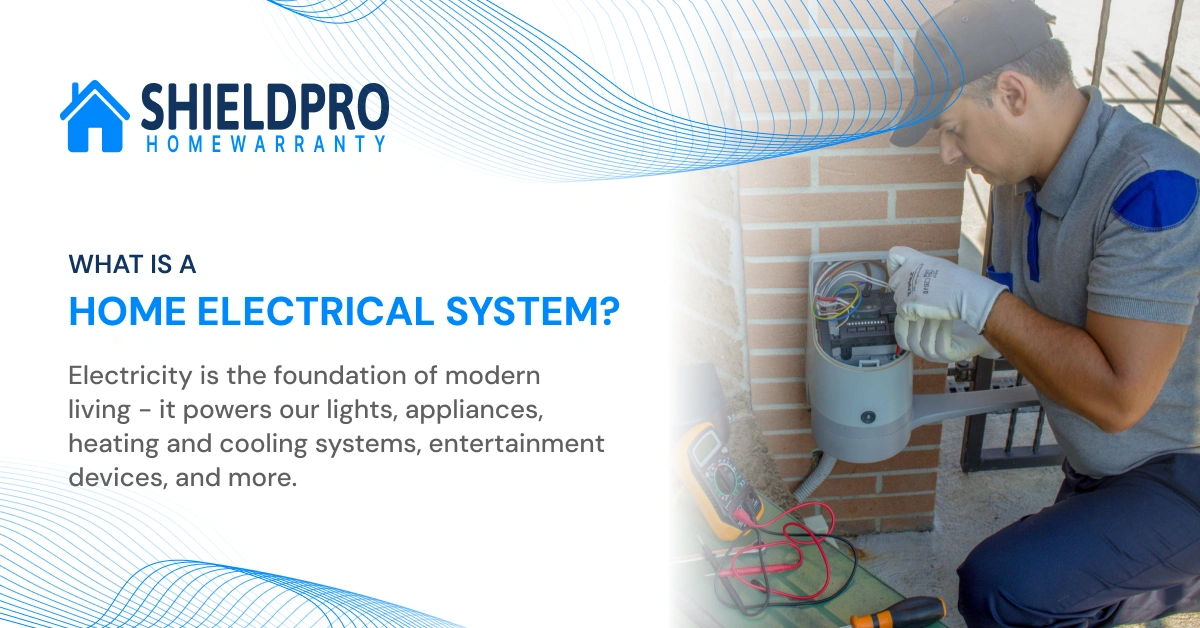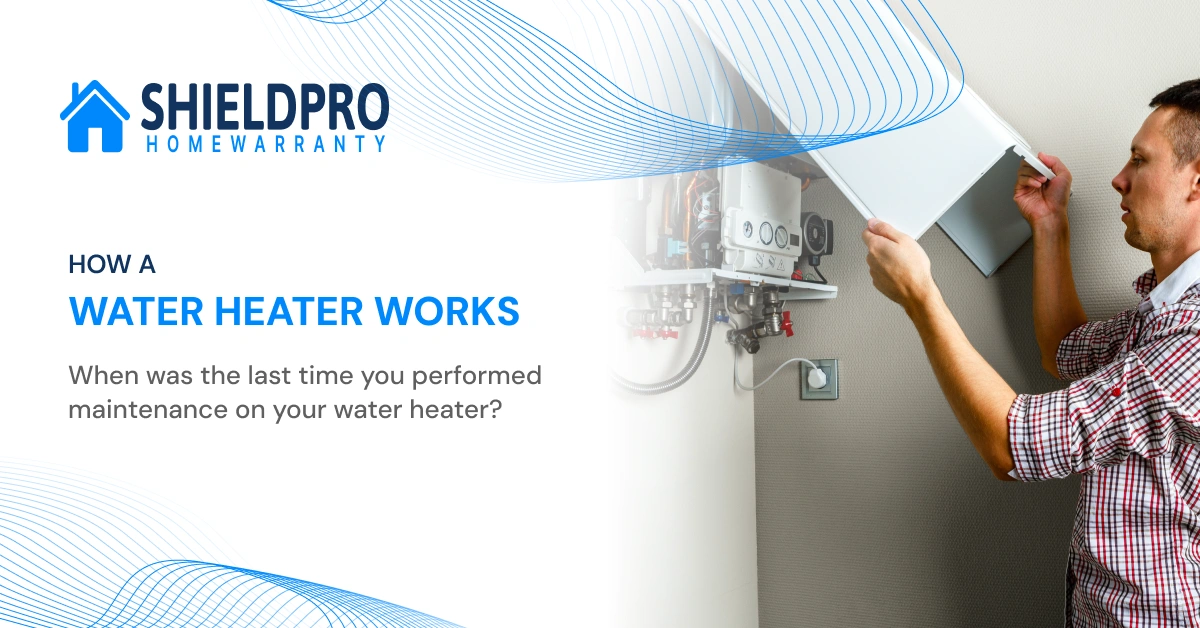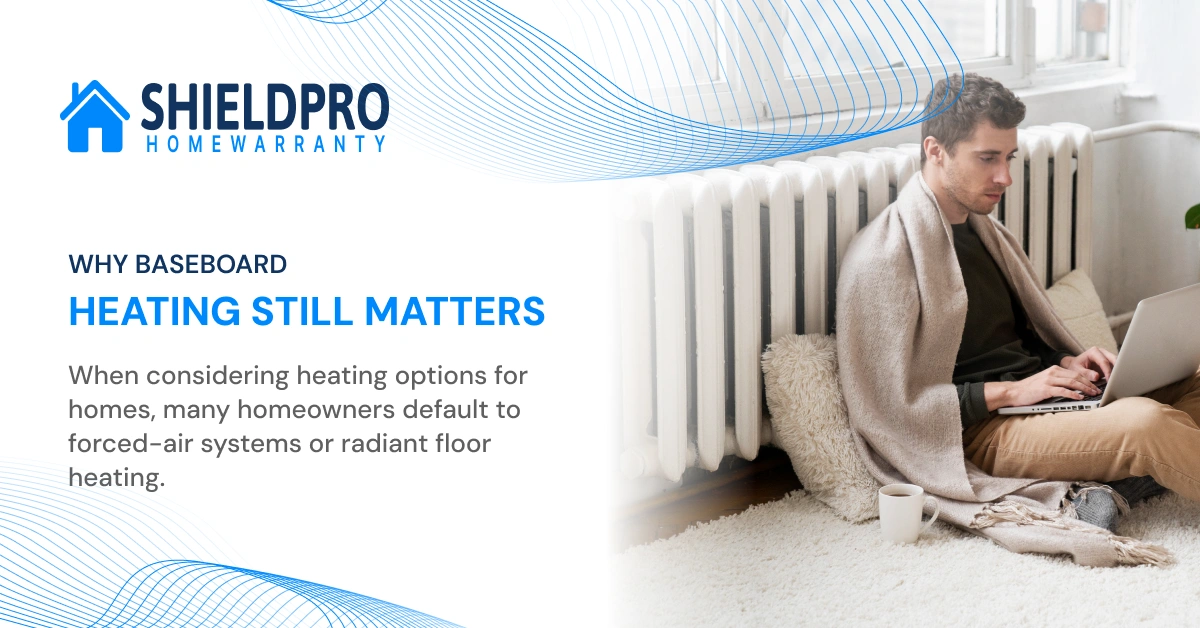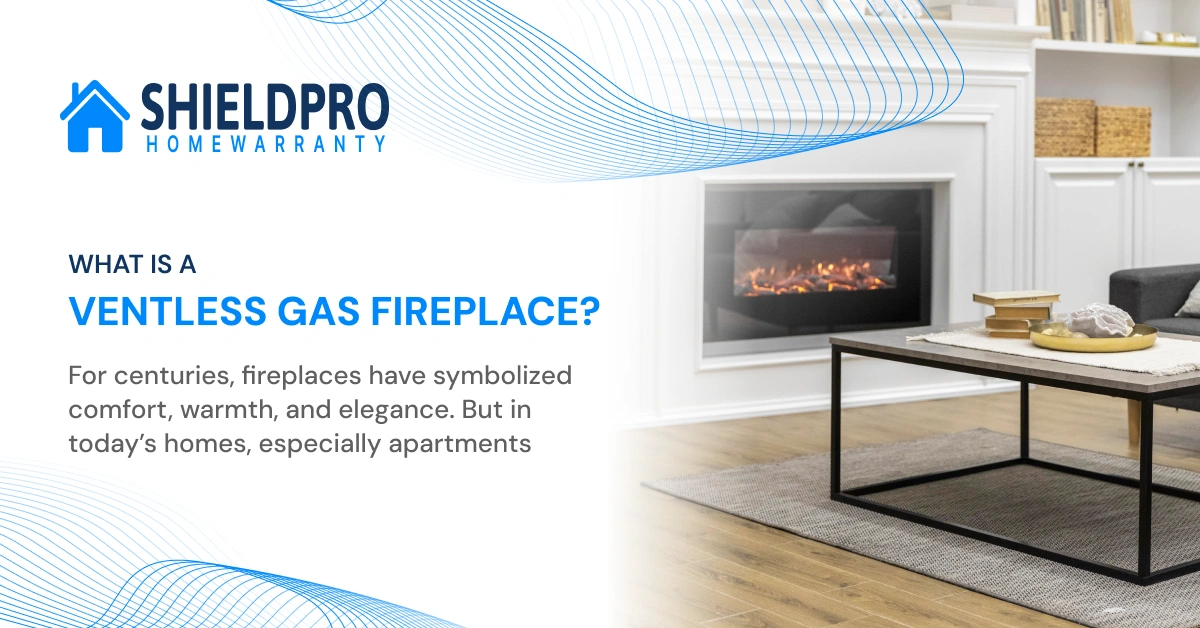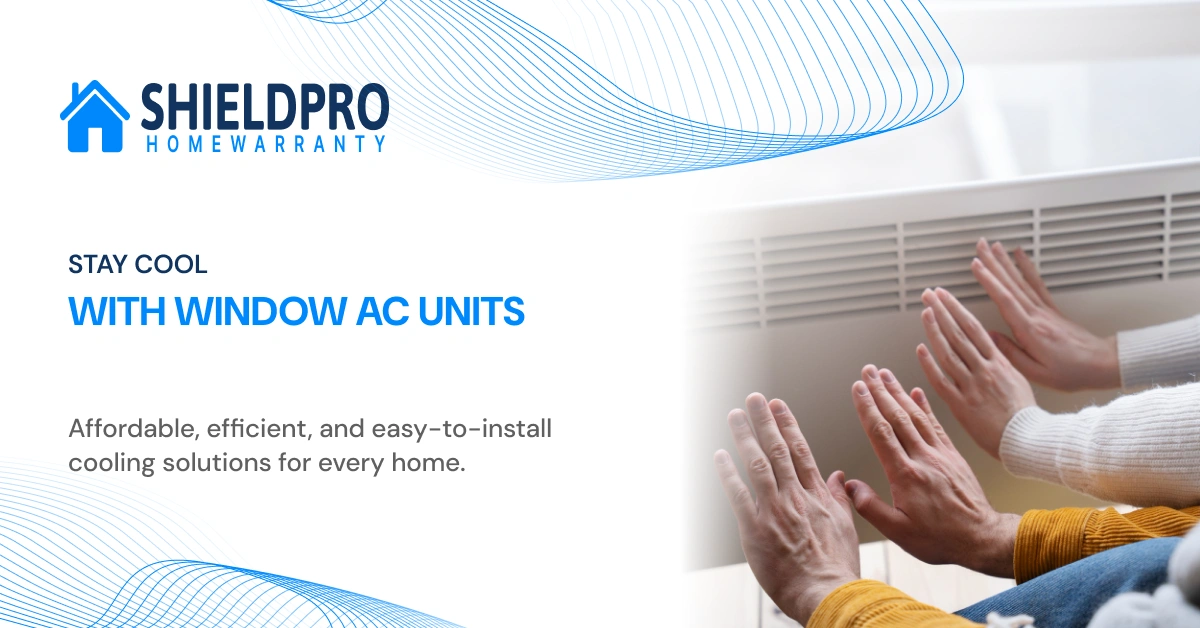
Introduction
When the summer heat hits hard, a reliable cooling solution can mean the difference between sleepless nights and refreshing comfort. While central air and mini-splits dominate the conversation, window AC air units remain one of the most practical, affordable, and widely used cooling systems for millions of households.
From small apartments in New York City to suburban bedrooms in Texas, window AC units have stood the test of time because they balance cost-effectiveness, performance, and ease of installation.
This guide goes far beyond what you’ll find on retail sites like Home Depot, Walmart, Lowe’s, or Della Home. Here, we’ll provide a comprehensive, expert-driven breakdown of everything you need to know about window AC air units—including how they work, which features matter most, the best models to consider, and how to maximize efficiency while lowering costs.
By the end, you’ll have the knowledge and confidence to make a smart investment that fits your home, budget, and lifestyle.
What Is a Window AC Air Unit?
A window AC air unit is a compact cooling system designed to fit directly into a standard window frame. Unlike central air conditioning, which cools an entire house, or portable AC units that require floor space, window ACs are self-contained devices that:
- Pull warm air from inside the room
- Pass it over refrigerated coils
- Release cool air back indoors
- Vent hot air outdoors through the back of the unit
Because of this simple yet efficient process, window ACs are a favorite among homeowners, renters, and college students alike.
Advantages of Window AC Air Units
- Affordable Cooling – Window units are far cheaper than installing central AC or ductless mini-splits. Entry-level models start under $200.
- Quick Installation – Most models can be installed in under 30 minutes without professional help.
- Energy Savings for Small Spaces – Cooling just one room instead of an entire house significantly reduces utility bills.
- Portable Between Rooms – Some models can be uninstalled and moved seasonally.
- Immediate Relief – Once installed, a window AC begins cooling almost instantly.
Key Factors to Consider Before Buying
1. Room Size & BTU Requirements
Choosing the right BTU rating is crucial. BTU (British Thermal Unit) measures how much heat the AC can remove in an hour.
Window AC BTU Sizing Guide:
- 100–150 sq. ft. → 5,000 BTU
- 150–250 sq. ft. → 6,000 BTU
- 250–350 sq. ft. → 8,000 BTU
- 350–450 sq. ft. → 10,000 BTU
- 450–550 sq. ft. → 12,000 BTU
- 550–700 sq. ft. → 14,000 BTU
Oversizing wastes energy, while undersizing forces the unit to overwork and underperform.
2. Energy Efficiency
Look for EER (Energy Efficiency Ratio) or CEER (Combined EER) ratings. The higher the rating, the better the efficiency.
- ENERGY STAR certified models can save up to 15% on electricity costs compared to non-certified models.
- Example: A 10,000 BTU ENERGY STAR unit may use around 750 watts, while an older unit might consume over 1,000 watts.
3. Noise Levels
Noise is measured in decibels (dB).
- Quiet window ACs operate around 40–50 dB (similar to a quiet library).
- Standard units can reach 60–70 dB (equivalent to a normal conversation).
If you plan to install the unit in a bedroom or office, look for low-decibel models or units with “quiet mode.”
4. Installation & Maintenance
- Fits best in single- or double-hung windows (not casement windows).
- Use the included mounting kit for stability.
- Maintenance includes:
- Cleaning filters every 2–4 weeks
- Checking for ice buildup
- Wiping coils seasonally
- Covering the unit in winter for protection
5. Smart & Modern Features
Today’s window AC air units come with convenience-driven upgrades:
- Wi-Fi Control – Adjust temperature remotely via smartphone apps.
- Voice Integration – Works with Alexa or Google Assistant.
- Multiple Modes – Cool, fan-only, dehumidify, eco-mode.
- Sleep Settings – Adjusts temperature gradually for comfort.
6. Price Ranges & Value
- Budget models (<$200): Best for small rooms or dorms.
- Mid-range models ($200–$400): Better features, quieter operation.
- Premium models ($400+): Smart features, superior efficiency, ultra-quiet.
Compared to portable AC units (often more expensive for the same cooling capacity), window ACs offer better performance per dollar.
Top Brands & Models
While retailers like Home Depot, Lowe’s, Walmart, and Della stock a wide variety, these are some of the most reputable brands:
- Frigidaire – Known for durability and energy efficiency.
- LG – Offers sleek designs and smart features.
- GE Appliances – Strong value-for-money units.
- Midea – Innovative U-shaped designs that allow you to open the window.
- Della – Budget-friendly units with decent features.
| Brand | BTU Range | Key Features | Price Range | Best For |
|---|---|---|---|---|
| Frigidaire | 5k–25k | Energy Star, quiet operation | $200–$500 | All-around use |
| LG | 6k–18k | Smart features, Wi-Fi control | $250–$600 | Tech-savvy users |
| GE | 5k–12k | Affordable, reliable | $200–$400 | Budget-conscious |
| Midea | 8k–12k | U-shaped, ultra-quiet | $300–$550 | Apartments, offices |
| Della | 5k–12k | Compact, affordable | $150–$300 | Entry-level users |
Window AC Air vs. Other Cooling Options
Window AC vs. Central AC
- Central AC: Cools entire house, but high installation and operating costs.
- Window AC: Affordable, ideal for spot cooling.
Window AC vs. Portable AC
- Portable AC: Takes floor space, usually less efficient.
- Window AC: More powerful, quieter, and cheaper.
Window AC vs. Mini-Split Systems
- Mini-splits: Energy efficient, great for long-term investment.
- Window AC: Better for renters or budget buyers.
Tips to Maximize Efficiency
- Install in a shaded window if possible.
- Use thermal curtains to block heat.
- Pair with ceiling or floor fans for circulation.
- Keep doors closed to prevent cool air loss.
- Schedule regular maintenance.
Common Problems & DIY Fixes
- AC not cooling enough → Clean filter & coils, check BTU sizing.
- Water leaking indoors → Ensure unit is tilted slightly outward.
- Strange noises → Tighten screws, check for loose parts.
- Unit cycles on/off too often → Thermostat may be blocked by curtains or furniture.
Case Study: Cost Savings Example
A family replaced their 10-year-old 10,000 BTU unit with a new ENERGY STAR model.
- Old unit: ~1,050 watts, $40/month
- New unit: ~750 watts, $28/month
Result: $144 saved per cooling season, plus quieter operation and better comfort.
Environmental Considerations
- Newer models use eco-friendly refrigerants like R32, which have a lower environmental impact than older R410a units.
- Proper recycling of old units prevents refrigerant leakage.
- ENERGY STAR models contribute to reducing carbon footprint.
FAQs
Can I run a window AC all day?
Yes, but use eco-mode to reduce costs and extend lifespan.
Do I need professional installation?
Most units are DIY-friendly. Large models (over 12,000 BTU) may require help.
How often should I replace filters?
Wash or replace every 1–3 months, depending on use.
Are window ACs safe for apartments?
Yes, but always follow installation guidelines and secure brackets.
Conclusion
Window AC air units remain one of the best cooling investments for small to medium-sized spaces. They combine affordability, performance, and convenience—without the complexity of central air or the inefficiency of portable units.
When buying, focus on BTU sizing, energy efficiency, noise level, and modern features. Invest in an ENERGY STAR-certified unit, maintain it regularly, and optimize placement for maximum performance.
The result? A cooler home, lower bills, and a more comfortable summer—all thanks to the humble yet powerful window AC air unit.





